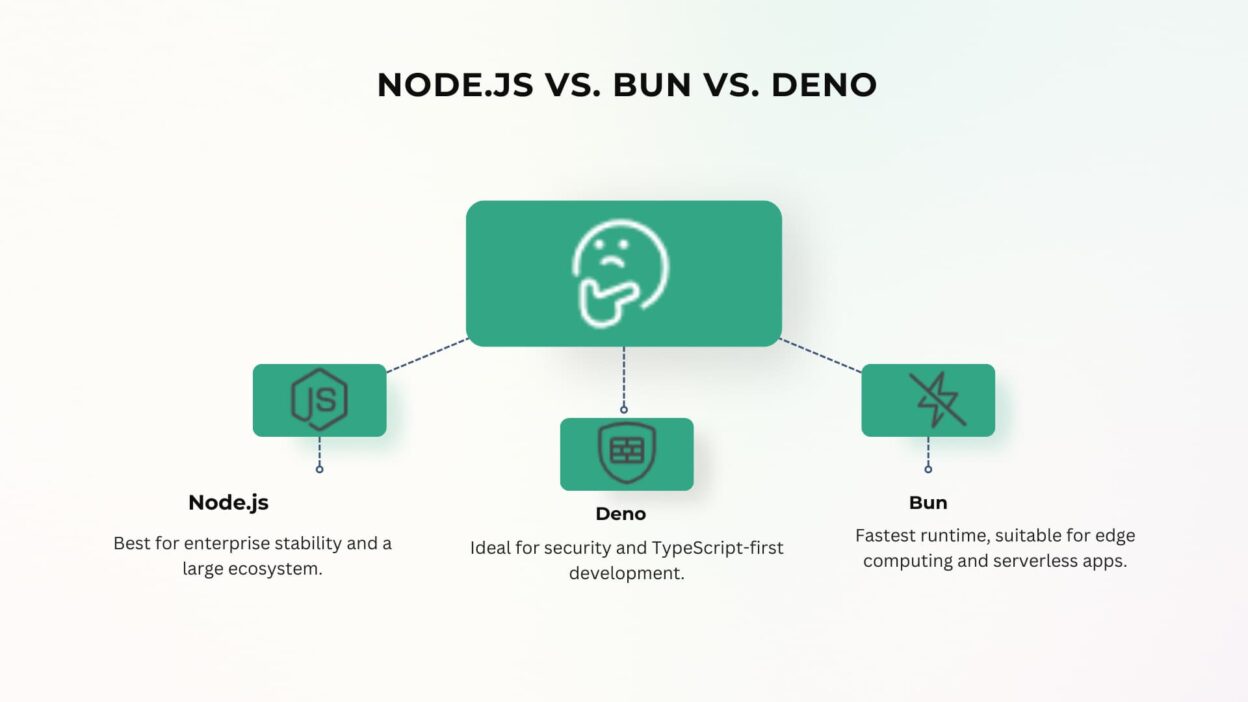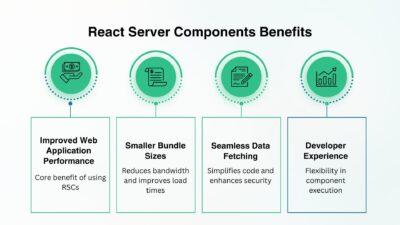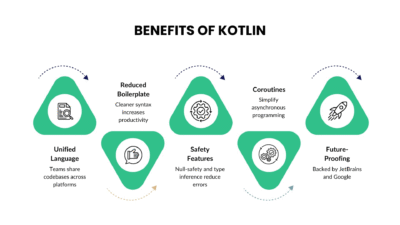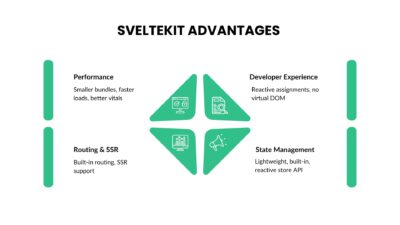JavaScript has evolved far beyond its roots in browsers, powering everything from web servers to large-scale, distributed applications. For years, Node.js was the default runtime outside the browser. However, in recent years, Deno and Bun have emerged—both promising faster performance, modern tooling, and an improved developer experience.
This article dives deep into the battle of modern JavaScript runtimes—Node.js vs. Bun vs. Deno—analyzing their architecture, performance, ecosystem, and real-world use cases.
Why Do We Need Alternatives to Node.js?
Before comparing, let’s understand why alternatives like Bun and Deno even exist:
- Legacy issues in Node.js: Built on Google’s V8 engine, Node.js was a breakthrough but carries historical baggage such as CommonJS modules and callback-based APIs.
- Security concerns: Node.js does not sandbox code execution, leaving developers to manage vulnerabilities manually.
- Tooling complexity: Package managers (npm, yarn, pnpm) have evolved, but dependency management can still be messy.
Node.js Overview
- Release year: 2009
- Engine: V8 (Google Chrome’s JavaScript engine)
- Language: Primarily JavaScript, with TypeScript support via transpilers.
- Key Strengths:
- Huge ecosystem (2M+ npm packages).
- Proven production stability.
- Rich tooling support.
- Backed by large companies (Netflix, PayPal, LinkedIn).
Deno Overview
- Release year: 2020 (by Ryan Dahl, creator of Node.js).
- Engine: V8 + Rust.
- Language: JavaScript + TypeScript (native support).
- Key Strengths:
- Secure by default (sandboxed execution).
- TypeScript support out of the box.
- Uses modern ES modules instead of CommonJS.
- Built-in tooling (test runner, formatter, bundler).
Bun Overview
- Release year: 2022 (by Jarred Sumner).
- Engine: JavaScriptCore (Safari’s engine).
- Language: JavaScript + TypeScript.
- Key Strengths:
- Extreme speed (faster startup and execution).
- All-in-one toolkit (runtime + bundler + transpiler + test runner).
- Drop-in replacement for Node.js in many cases.
- Optimized for modern workloads like serverless and edge computing.
Key Comparison: Node.js vs. Bun vs. Deno
Here’s a detailed breakdown:
| Feature | Node.js | Deno | Bun |
| Release Year | 2009 | 2020 | 2022 |
| Engine | V8 (Google) | V8 + Rust | JavaScriptCore (Apple) |
| Language Support | JavaScript, TypeScript (via transpilers) | JavaScript, TypeScript (native) | JavaScript, TypeScript |
| Package Manager | npm, Yarn, pnpm | URL-based imports, Deno.land/x registry | Bun’s built-in package manager (npm compatible) |
| Security | No sandbox, full system access | Secure by default (permissions-based) | Limited sandbox, Node-like security |
| Module System | CommonJS, ES Modules (partial) | ES Modules only | CommonJS + ES Modules (both supported) |
| Performance | Good, mature | Better than Node in some cases | Fastest (optimized for startup + execution) |
| Ecosystem | Largest (2M+ npm packages) | Growing, smaller ecosystem | Leverages npm ecosystem, still maturing |
| Tooling | External (Webpack, Babel, Jest, etc.) | Built-in formatter, bundler, linter, test runner | Built-in bundler, transpiler, test runner |
| Production Usage | Widely used in enterprises | Early adoption in startups & modern apps | Rapidly growing, but not yet enterprise-standard |
Performance: Who’s the Fastest?
Performance is one of the biggest battlegrounds.
- Node.js: Stable, optimized over years, but slower in cold starts and I/O compared to newer runtimes.
- Deno: Faster than Node.js in some scenarios (e.g., TypeScript execution without extra transpilers).
- Bun: Currently benchmarks as the fastest runtime, often 3x faster than Node.js in HTTP server handling and script execution.
Ecosystem and Compatibility
- Node.js: Dominates with npm. Every major library and framework (Express, Next.js, NestJS) is built around it.
- Deno: Rejects npm in favor of URL imports, which limits compatibility but ensures cleaner dependency management.
- Bun: Compatible with most npm packages out of the box, making migration from Node.js relatively easy.
Security Model
Security is often overlooked:
- Node.js: No sandbox. Scripts have unrestricted file system and network access.
- Deno: Secure by default—scripts need explicit permission to access files, networks, or environment variables.
- Bun: Similar to Node.js with fewer restrictions, though work is ongoing.
Tooling & Developer Experience
- Node.js: Relies on external tools (Webpack, Babel, Jest, ESLint). This adds flexibility but also complexity.
- Deno: Ships with first-class tools built-in—test runner, formatter, linter, bundler—reducing setup overhead.
- Bun: Goes further, bundling runtime + transpiler + test runner + package manager into one binary.
Real-World Use Cases
- Node.js:
- Enterprise-grade APIs and microservices.
- Streaming platforms (Netflix).
- Fintech and e-commerce apps.
- Deno:
- Startups building secure APIs quickly.
- Applications requiring TypeScript-first development.
- Tools needing sandboxed execution.
- Bun:
- High-performance web servers.
- Serverless & edge computing (low-latency apps).
- Experimental modern projects.
The Future of JavaScript Runtimes
- Node.js will remain dominant due to its ecosystem and enterprise adoption, but may lose ground in cutting-edge projects.
- Deno is carving a niche in security-focused, modern development with TypeScript.
- Bun is rapidly growing and could disrupt Node.js with speed and simplicity, especially if enterprise adoption picks up.
We may soon see a multi-runtime future where projects choose the runtime based on needs:
- Node.js for stability and ecosystem.
- Deno for security and modern tooling.
- Bun for speed and edge workloads.
Conclusion
The battle of modern JavaScript runtimes is heating up:
- Node.js remains the reliable workhorse, with an unmatched ecosystem size.
- Deno is the secure, modern alternative, ideal for TypeScript-heavy projects.
- Bun is the speed champion, pushing boundaries for edge computing and serverless apps.
Instead of a one-size-fits-all winner, the future likely belongs to a polyglot runtime ecosystem where developers choose the best tool for the job.
Which runtime should you choose? If you’re starting a new project, consider experimenting with Bun or Deno. However, for large-scale enterprise apps, Node.js remains the leading choice.
FAQs
Which runtime is fastest—Node.js, Bun, or Deno?
Bun is currently the fastest in most benchmarks, followed by Deno, with Node.js being the slowest but most stable.
Can I use npm packages with Deno?
Not directly. Deno uses URL imports, but third-party compatibility layers exist.
Is Bun production-ready?
Bun is promising and already used in production by some teams, but it’s still considered early-stage compared to Node.js.
Should I migrate my Node.js app to Bun or Deno?
It depends—stick with Node.js for enterprise stability, explore Bun for performance-critical apps, and try Deno if security and TypeScript-first development are priorities.




